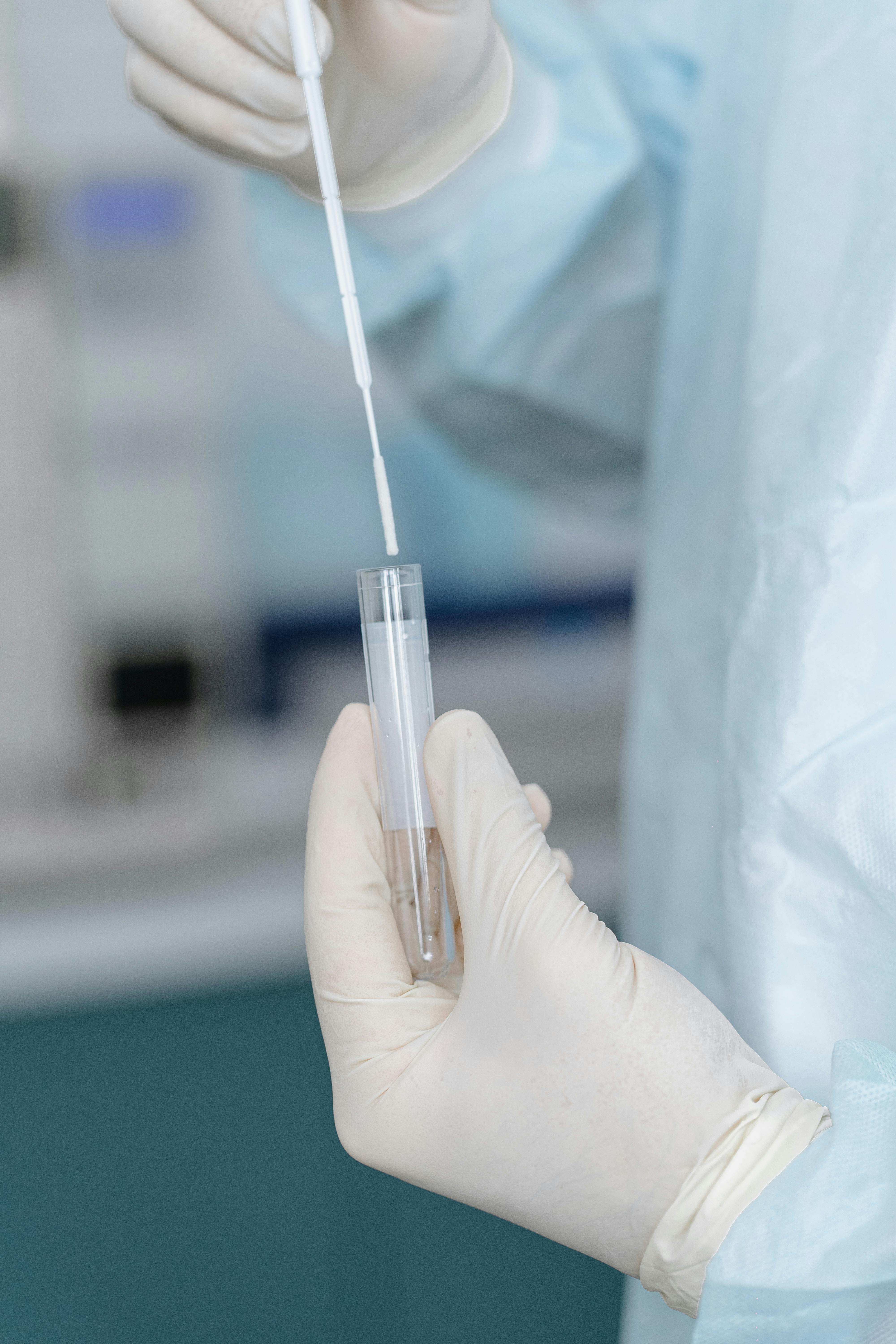Top 5 Ways to Optimize Your Sample Acquisition for 2025
As businesses increasingly rely on precise data to drive decision-making, optimizing sample acquisition processes is more crucial than ever. Whether you’re looking to get product samples for evaluation or conduct thorough analyses, developing efficient systems is key to success. In this article, we will explore the top five strategies you can implement to enhance your sample management for 2025. These insights will not only streamline your sampling procedures but also improve the quality and speed of your product testing outcomes.
From understanding sample specifications to mastering the request processes, we’ll cover essential techniques aimed at revolutionizing your sample systems. By the end, you’ll be equipped with actionable strategies to optimize your sample collection, ensuring you meet consumer expectations and enhance product performance.

Establish Clear Sample Request Processes
Building a streamlined sample request process is the first step towards effective sample acquisition. Clear guidelines help eliminate confusion, ensuring all team members know how to request samples appropriately. Start by designing a comprehensive sample request form that captures all necessary information, such as product type, purpose, and sample quantity.
Define Sample Types
Understanding the various sample types you need—be it environmental samples, product samples, or clinical samples—allows you to tailor your processes accordingly. For example, environmental samples might require more regulatory compliance compared to general product testing samples.
Implement a Sample Tracking System
A robust sample tracking system enhances accountability and ensures timely delivery. Utilize software tools or dashboards to monitor the status of each sample request, from initiation to delivery. This visibility aids in managing inventory and anticipating any backorders.
Document Sample Handling Procedures
Thorough documentation on sample handling is paramount for compliance and quality assurance. Educate all relevant staff on proper procedures for receiving and processing samples to minimize contamination risks. Regular training sessions can help refresh these skills.
Utilize Technology for Sample Management
Leveraging cutting-edge technology can significantly elevate your sample management processes. The integration of machine learning and AI in sample analysis allows for precise data collection and feedback loops, essential for quality improvements.
Adopt Sample Analysis Software
Investing in specialized sample analysis software can streamline data collection and interpretation. These tools often offer predictive modeling capabilities that enhance the accuracy of sample outcomes. Ensure the software chosen aligns with your specific sample analysis needs.
Incorporate Data-driven Insights
Using data mining and NLP technologies can unveil hidden patterns in sample testing data. By employing advanced algorithms, you can refine your sampling strategies based on past performance, ensuring improved outcomes for future projects.
Enhance Communication with Suppliers
Maintain open lines of communication with your sample suppliers. Understanding their sampling capabilities helps set realistic expectations and foster better relationships. Regular feedback sessions can also lead to improved sample quality and availability.
Optimize Sample Specifications and Quality Control
Defining clear sample specifications ensures that you receive exactly what you need for effective testing. Establishing quality control measures is equally critical for maintaining sample integrity throughout the acquisition process.
Establish Sample Evaluation Criteria
Decide on evaluation criteria early on to minimize discrepancies in expected versus received samples. Whether the focus is on biological, chemical, or physical properties, providing clear guidelines ensures smooth sample assessment and compliance.
Implement Stringent Quality Assurance Processes
Designing rigorous quality assurance protocols helps detect issues pre-emptively. This actor plays a crucial role in ensuring that testing samples meet the necessary standards before use, resulting in reliable analysis and outcomes.
Encourage Continuous Feedback Loops
Establishing feedback loops can provide valuable insights into sample performance and quality. Engage with teams processing the samples to gather information about any recurring issues, leading to continuous improvement in your sample management practices.
Streamline Sample Distribution and Shipment
Optimizing the distribution and delivery of samples can drastically enhance your operational efficiency. By ensuring that the right samples reach the right teams at the right time, you set the stage for successful product trials.
Enhance Shipping Logistics
Revise your shipping logistics to ensure samples are delivered swiftly and securely. Working closely with shipping partners and considering options for delays can significantly reduce time-to-sample assessments and ultimately shorten project timelines.
Create a Sample Distribution List
Establishing a comprehensive sample distribution list allows stakeholders to know who has access to which samples. This is especially important when dealing with sensitive data or clinical trials, ensuring that sample security is maintained at all times.
Optimize Sample Usage Policies
Incorporate clear sample usage policies that outline each user’s responsibilities regarding the samples. By setting expectations, you can prevent the misuse of valuable resources and ensure better transparency in your sampling procedures.
Evaluate Sample Performance Regularly
Keeping track of sample performance will enable you to assess the effectiveness of your acquisition strategies. This evaluation is vital for refining practices and enhancing overall sample quality.
Conduct Regular Sample Audits
Implementing regular sample audits can highlight areas needing improvement and help eliminate inefficiencies. It’s essential to review not just the number of samples acquired, but the effectiveness of their usage as well.
Analyze Sample Feedback
Gathering sample feedback from teams conducting product tests can unveil the strengths and weaknesses of your sample acquisition processes. Analyzing this feedback and acting on it lays the groundwork for innovating your methods going forward.
Track Sample Results and Trends
Utilize data analytics tools to interpret ongoing sample results to assess trends over time. This data can provide insights for future sampling initiatives and help make informed decisions regarding resource allocation.
Frequently Asked Questions
What is the best way to request samples?
The best way to request samples is through a structured process that specifies the type, quantity, and purpose of the sample, often using a sample request form.
How can I ensure quality in sample delivery?
Quality in sample delivery can be ensured through strict adherence to shipping protocols, using reliable carriers, and proper packaging to safeguard the samples during transit.
What should be included in a sample expectation guideline?
A sample expectation guideline should include quality standards, evaluation criteria, and documentation requirements that specify how samples will be assessed upon receipt.
How often should sample audits be conducted?
Sample audits should be conducted regularly, with the frequency determined by the volume of samples processed, typically quarterly or bi-annually.
What types of samples are commonly requested?
Commonly requested samples include product samples for testing, clinical trial samples, environmental samples, and consumer samples for market research.
